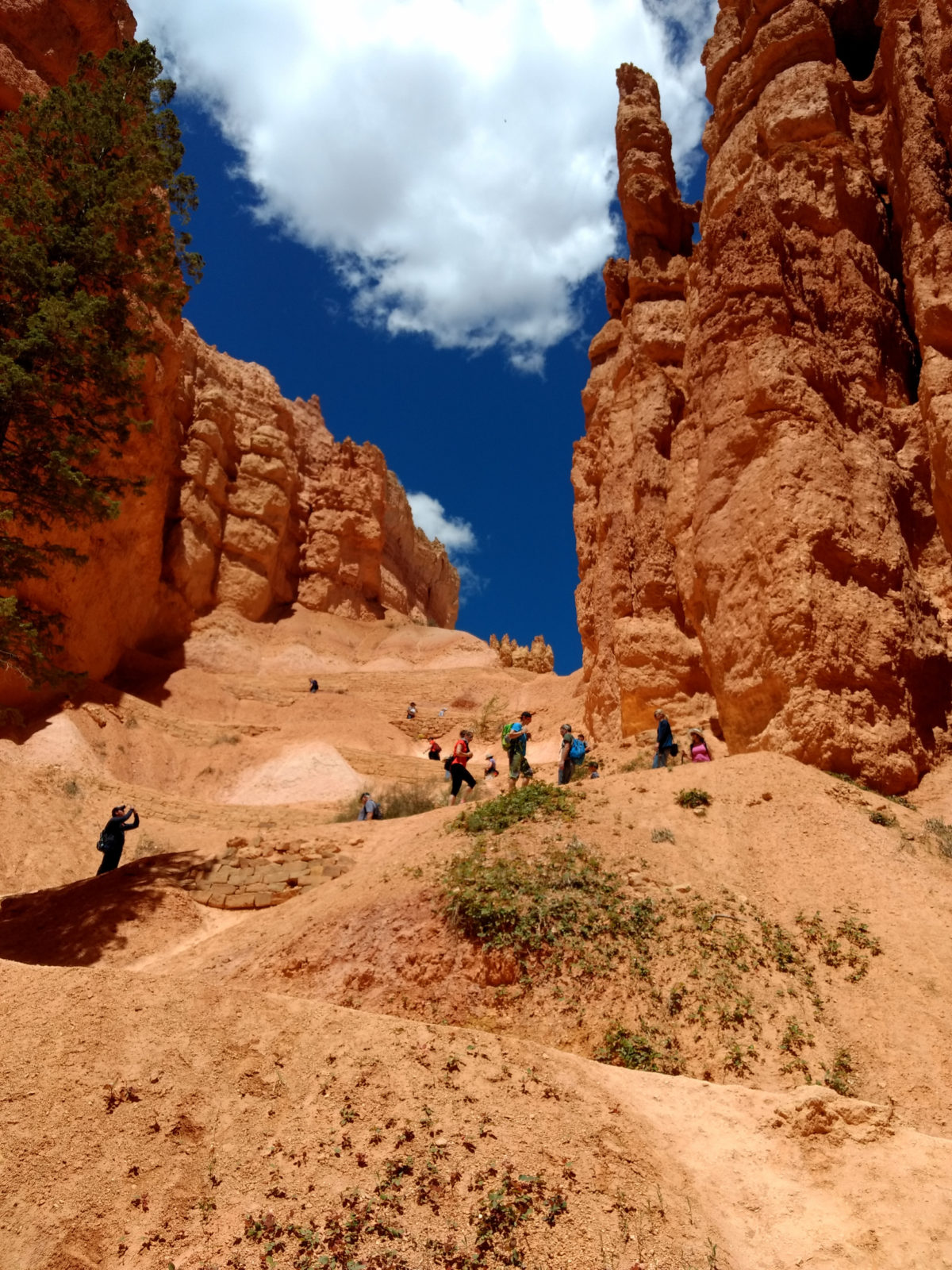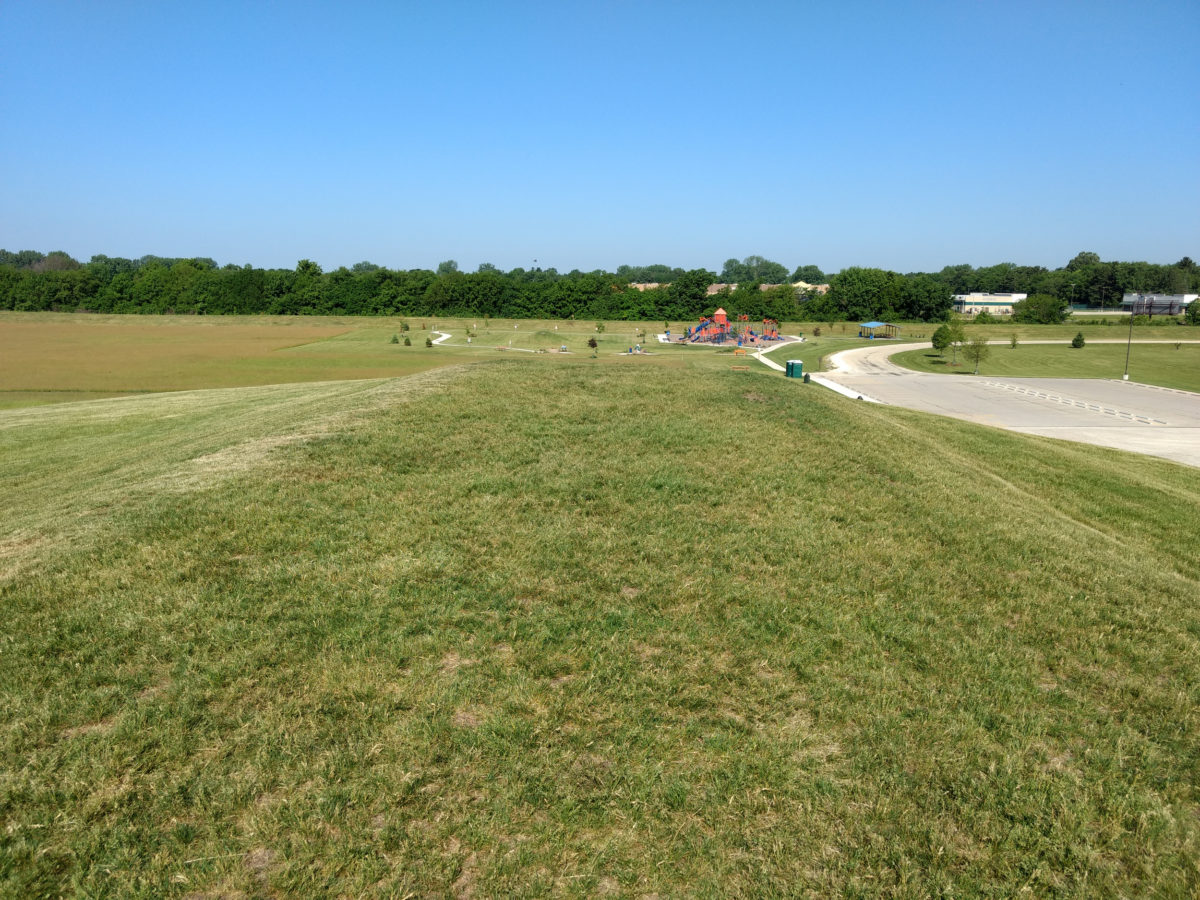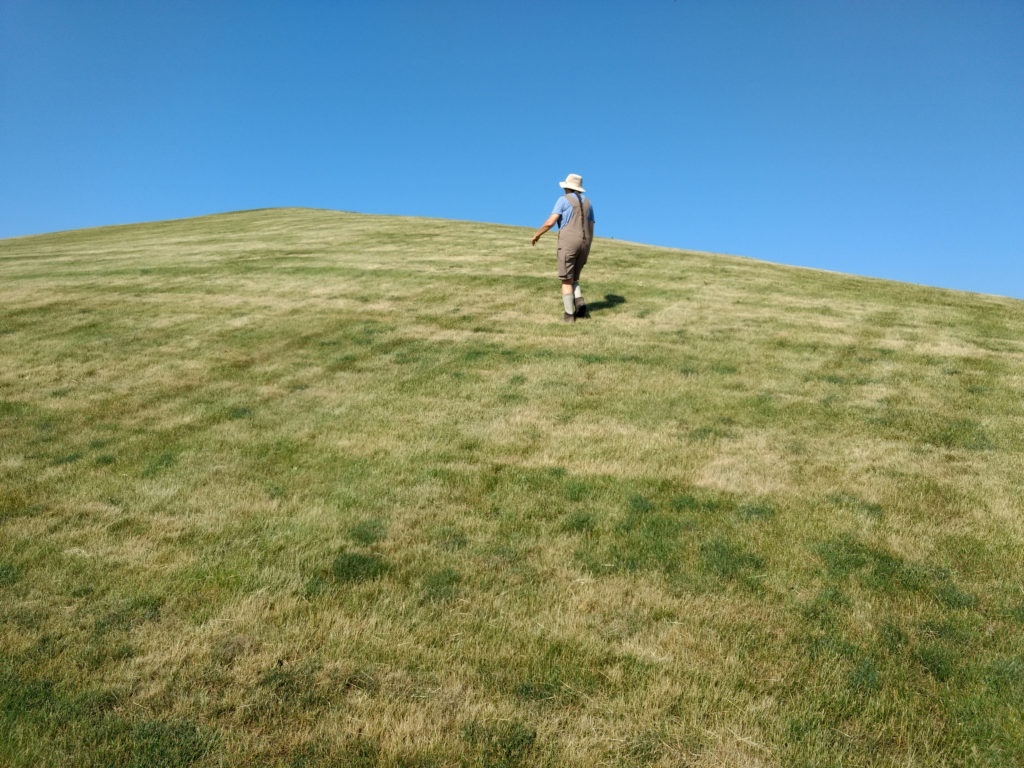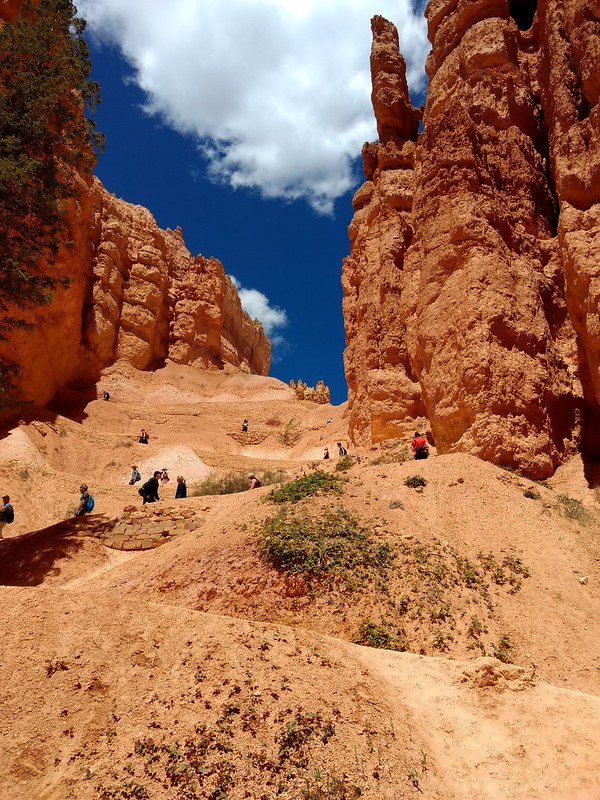This year’s review of my movement practice will be a bit less detail-oriented than last year’s, when I included a long list of exercises, and a long list of non-exercise movement that I’d engaged in over the year. This year I exercised a bit less and moved a bit more, and came to a balance that I’m pretty happy with—that I don’t feel much urge to analyze.
I continued the winter exercise regimen that I described a year ago for the rest of the winter, but then let most of it go in favor of less-structured movement. As I say, I’m pretty happy with what I ended up doing, although the result was a decline in some of the strength increases I’d made.
Summer included a lot of solo walking (mostly in natural areas very close to home) and a lot of walking with Jackie (in a wide range of environments, including natural areas somewhat further afield).
One major piece of our walking was our big trip to Utah, where we got in plenty of hikes in Bryce Canyon, Zion Canyon, and Arches. (See image at top.) The length of any particular hike was nothing to write home about (although we did write home a bit), but the ruggedness—and especially the steepness—made the hikes very different from anything we manage at home.
Basically, summer was great—lots of time spent in the sun, lots of walking, lots of time spent with my sweetie, lots of time spent alone.
As summer transitioned to fall, I had the same problems I usually do, perhaps slightly worse this year than average because the transition seemed more abrupt, with early fall being unusually cold. Happily, late fall was no worse than early fall, and what was unusually cold for early fall is actually rather mild for early winter.
One thing I have done this fall is get back to running. In the past I’ve always meant to establish a running habit that I can carry forward into the cold months, and I have nearly always failed. This year, so far, I’m doing okay, getting in a couple of runs a week, with long runs of 5 miles or more. With just a little luck (not too icy, not too much bitter cold) I’ll be able to carry a lot more aerobic fitness into the spring than I usually manage. That would make it possible to do a spring running event, if I want.
I’ve had very good luck this year on the injury front, managing to stay healthy though the whole year.
I still teach taiji, both the beginners class and a class for continuing students, and it remains rewarding it all the ways it has been—physically (I get my own taiji in), mentally/emotionally (I get my meditation in), socially (I gather with a group of friends several times a week), and financially (admittedly in a small way).
Looking ahead, I’m rather inclined to stick with a movement focus, spending more time doing stuff (moving) and less time preparing to do stuff (exercising).



 It’s not like the climbs in the canyons:
It’s not like the climbs in the canyons:
